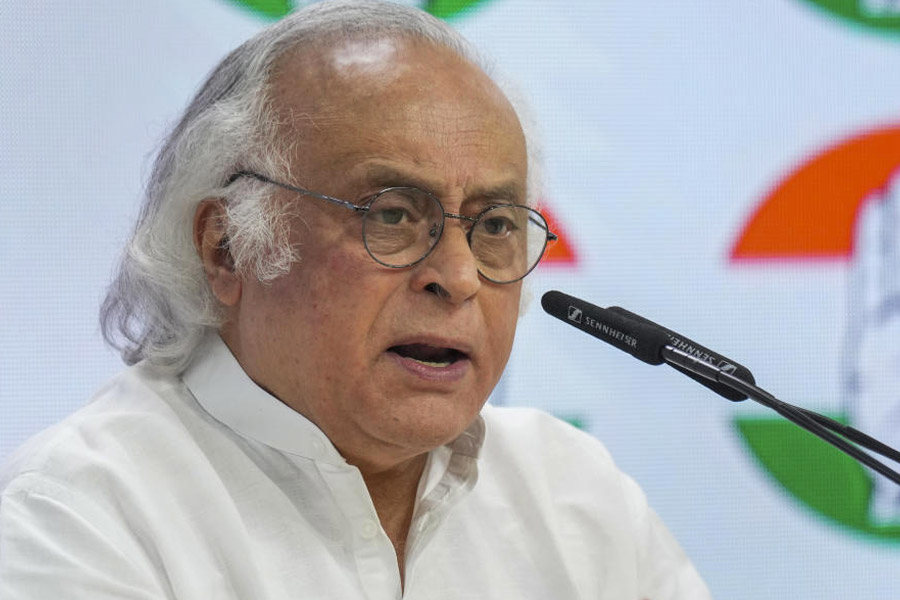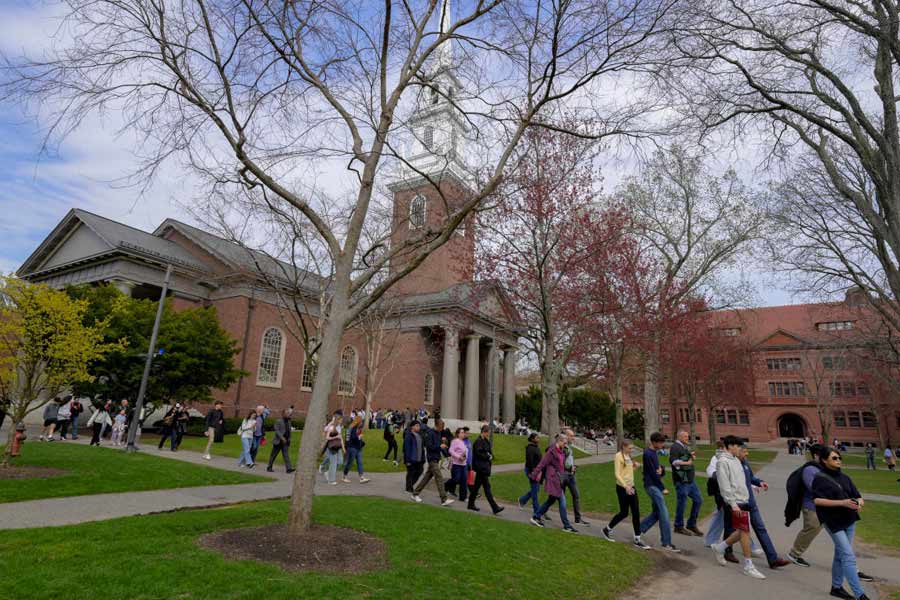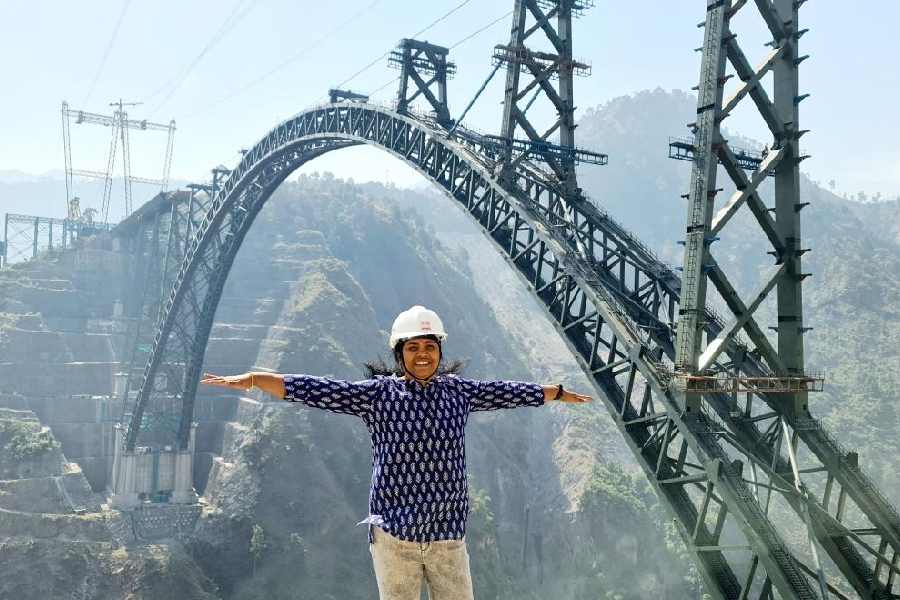New Delhi, July 23: A search for a long-missing final piece of a physics bedrock theory has turned into a scramble to analyse data thrown up by over 100,000 billion high-speed proton-proton collisions, but the piece still remains unseen.
Physicists in laboratories across the world are using networked computers to crunch the colossal amount of data generated by those collisions at the Large Hadron Collider (LHC), the giant underground particle accelerator in Europe.
Somewhere in the debris of the proton-proton collisions, scientists are hoping to find a subatomic particle called the Higgs boson, the final missing nugget of a theory called the Standard Model that explains all observed subatomic particles.
“We have no signal yet to confirm the Higgs boson, but we’re narrowing down the search,” said Satyaki Bhattacharya, a physicist at the Saha Institute of Nuclear Physics, Calcutta, who is among thousands of researchers analysing the debris data.
The Higgs boson was predicted to exist in the mid-1960s. “The more data we accumulate, the closer we get to either confirming its existence or ruling out something the theory says should exist,” Bhattacharya said.
The LHC has been dubbed the world’s largest science experiment with a 27km circumference accelerator buried about 100 metres beneath the Swiss-French border. Scientists at the LHC said this week they have collected as much data as had been planned for the whole of 2011. Some of the results of the LHC data analysis were presented at a conference on particle physics in Grenoble this week.
“Discovery or exclusion of the Higgs particle... is getting ever closer,” said Sergio Bertolucci, director of research and scientific computing at Cern, the European Organisation for Nuclear Research, the site for the LHC.
“If we are unable to confirm the Higgs boson, the Standard Model will have to be rewritten,” Bhattacharya said. The Higgs boson is a member of a family of particles named after 20th century Indian physicist Satyendra Nath Bose.
Inside the LHC, the proton-proton collisions occur at 7 Tev (trillion electron volts), a measure of energy that is half the maximum for which the LHC has been designed.
Physicist Subhasis Chattopadhyay at the Variable Energy Cyclotron Centre (VECC), Calcutta, another scientist involved in LHC experiments, said: believes the Higgs puzzle is likely to be resolved when the LHC is ramped up to higher energy collisions. “The Higgs boson is expected to be a massive particle — for the mass it is theoretically predicted to have, we believe if it exists, it’s more likely we’ll see its signatures when the LHC goes to 14 Tev.”
Bhattacharya said tantalising observations a few months ago appeared to resemble the signature of a Higgs boson leading to four other subatomic particles called muons.
“The problem is — it was only a single event, and other things in the collision debris can also mimic that same signature — so we need to analyse more data. That’s being done now,” Bhattacharya said.
Chattopadhyay and his colleagues at the VECC are involved in another experiment at the LHC that is aimed at studying a new phase of matter called quark-gluon plasma — stuff that existed early in the history of the universe.
A LHC Computing Grid links up computer centres around the world and concurrently processes up to 200,000 physics analysis jobs, the Cern press office said in a statement issued earlier this week.










